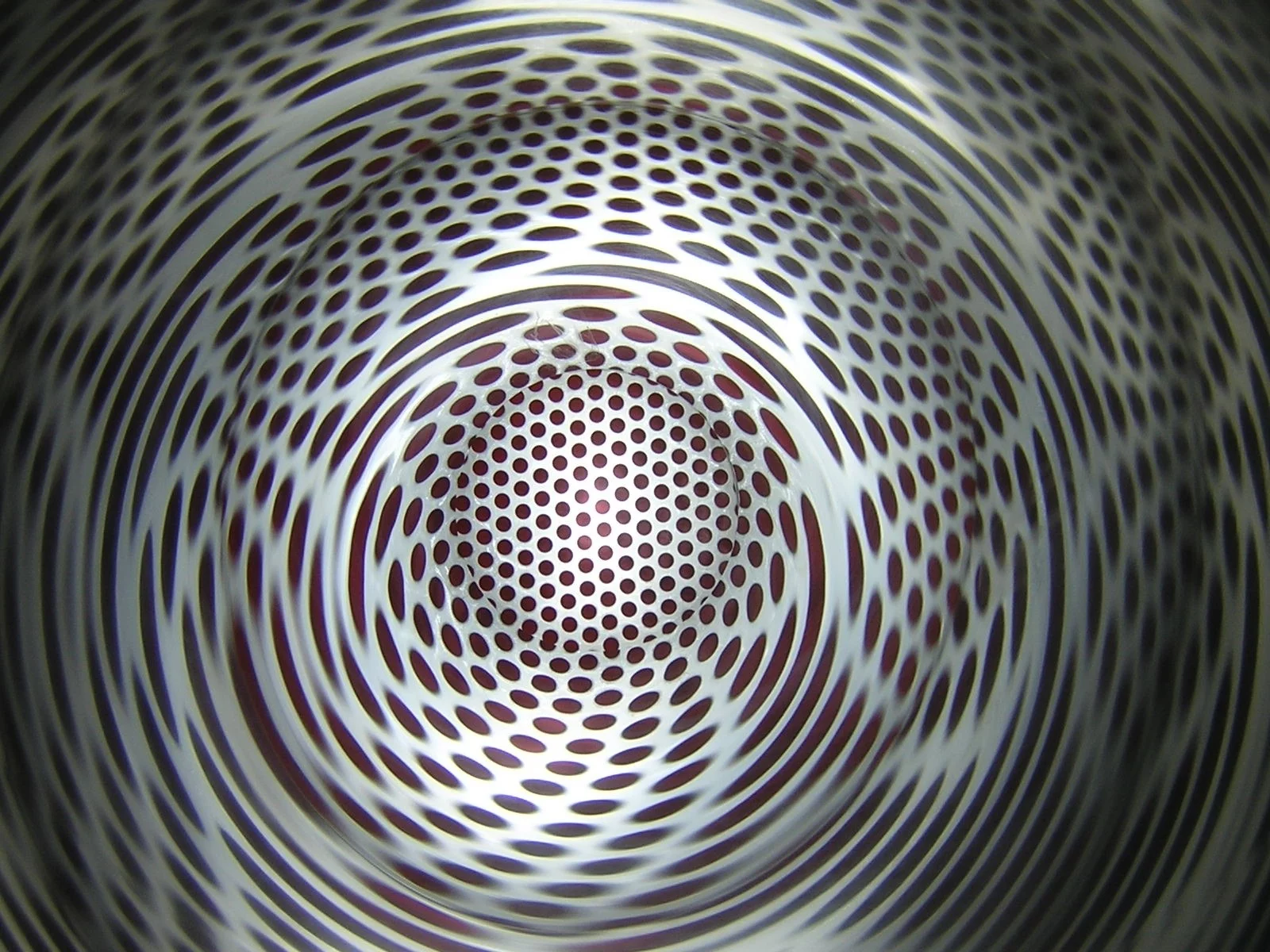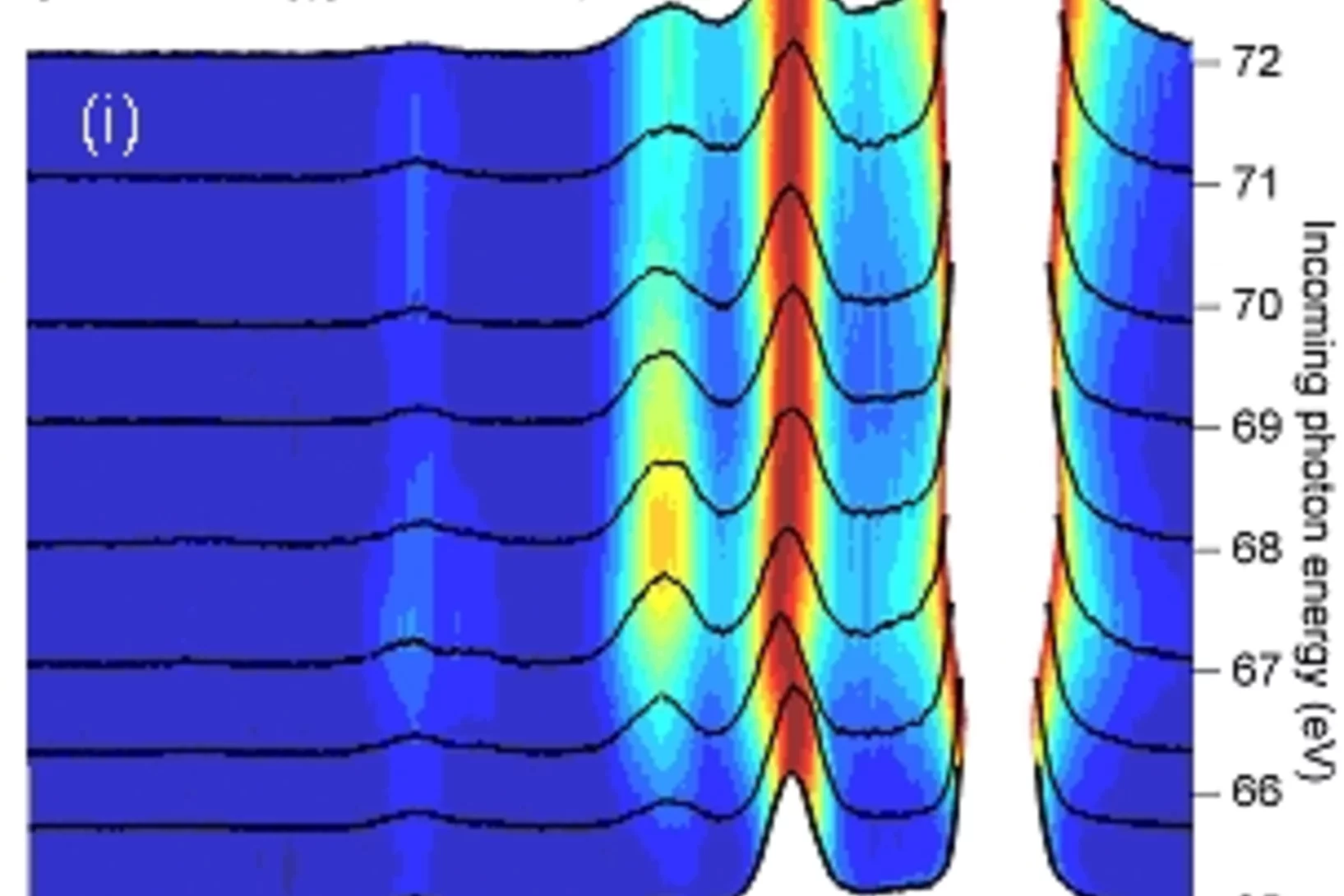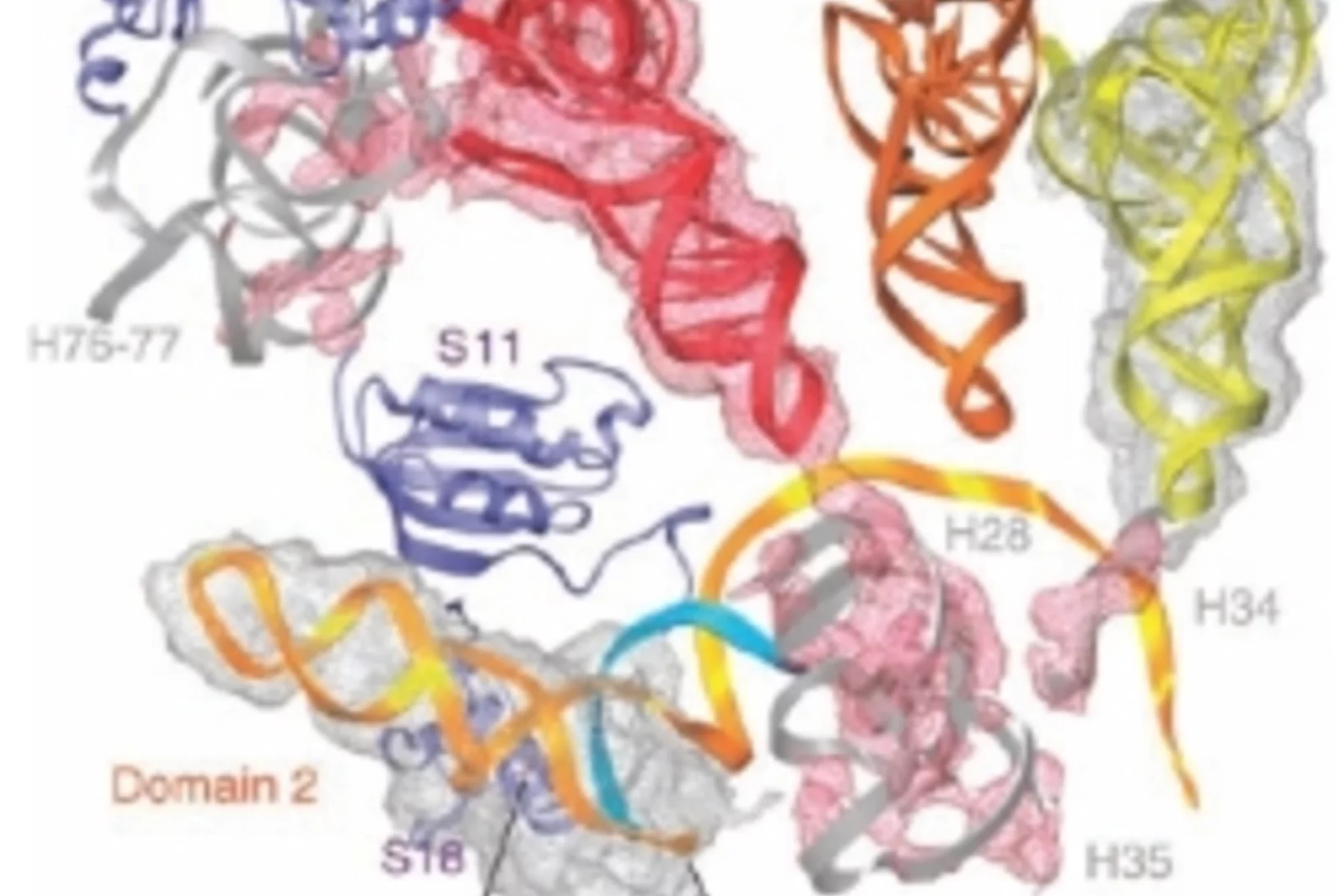
With the help of CHRISP, researchers are using the internationally most powerful source of ultracold neutrons to investigate how our universe is structured. They determine, for example, fundamental natural constants with the highest precision and search for deviations in the current standard model of particle physics. They also develop and test detectors for experiments at PSI, for space missions and for the European research centre CERN in Geneva.
Magnets shine in a different color
Measuring -or feeling- magnetic interactions looks simple at first glance: holding two magnets close to each other gives an immediate idea. How about the case when the 'magnets of interest' are tiny and amount to nothing more than atoms? X-rays generated at the Swiss Light Source allow 'zooming in' on magnetic interactions relevant at inter-atomic scale: we bring forward the first evidence of local spin flips of atomic moments in a 'photon-in photon-out' scattering experiment.
Read full article
Dance of the domains
In a ferromagnet regions exist where all the atoms orient their atomic compass neddles into one direction. These regions are called domains. A recent experiment succeeded in exciting such domains and watching their vibration and subsequent relaxation to the original state. This is the Dance of the domains.
Controlling the ribosome
Ribosomes can be thought of as factories that build proteins from a set of genetic instructions. Translation relies on two selection processes: a) charging of tRNA by selection of the correct aminoacid to be covalently bound to it, b) the selection of the tRNA as specified by the codon of the mRNA. Aminoacyl-tRNA synthetases catalyse the first of these steps using hydrolysis of ATP.



